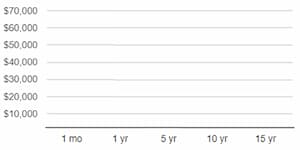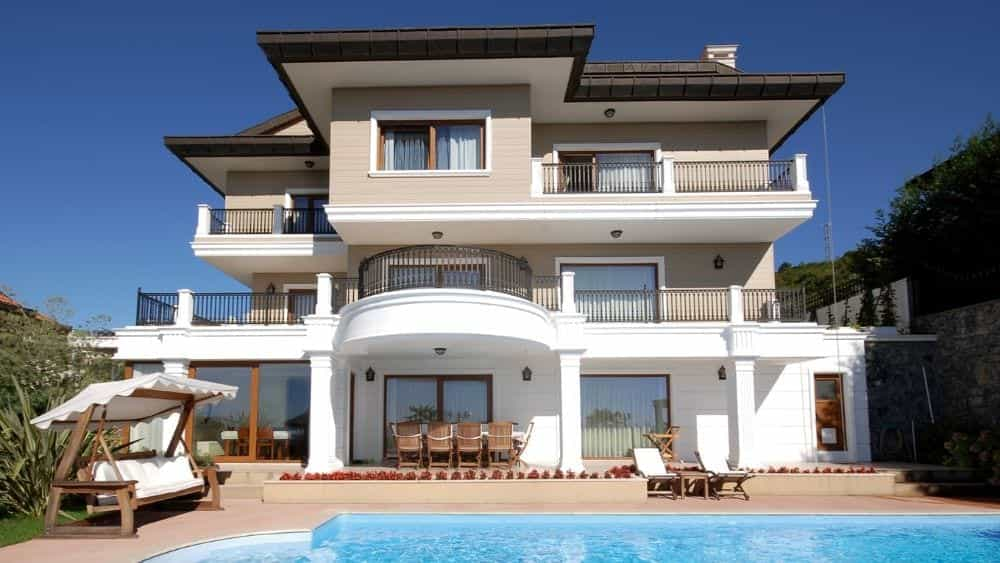- New homes
- Homebuying Tools
- Calculate the True Cost of Homeownership
Calculate the True Cost of Homeownership
The price tag of a used home can be deceiving. Use our true cost of ownership calculator to learn how buying new may save you money over time.
Edit User Home Stats
Enter the stats of a used home to see how the costs will stack up against a new home in the same location over time.


| y/o Home over the next | |
| New home over the next | |
| Money saved over if you buy new: |
Enter a ZIP Code, select your home's current age, and click "Apply" above to see results.
How is this calculated? To calculate these totals, we consider market-based costs and recommended frequency for the most common home maintenance projects (as outlined by HomeAdvisor) based on public statistics.
Why New Costs Less Than Resale?
When shopping for a new home, you may be tempted to choose resale over new to save some money upfront. A lower price tag means a lower down payment and a lower mortgage payment, as well as savings now that you can use later to renovate the home to be exactly what you want – right?
In many respects, newly constructed homes are a smarter investment than existing homes. You can find a home that is designed for modern life, has all new appliances and interiors, and still meets your price point.
When you buy new, you ensure your home is as energy-efficient as possible (no drafty windows or dated, energy-sucking HVAC units), plus you can be certain all your appliances are new and won’t need repairs or replacing. Add in builder incentives and warranties, and you are likely saving money when you buy new.
New homes do, of course, come with small annual maintenance costs – annual HVAC maintenance, semi-annual landscaping, rain gutter cleaning. However, none of these costs compares to repairing or, worse, completely replacing items in and around your home, such as an old hot water tank or a yard that needs a total overhaul. Over time, you’ll not only recoup the additional upfront costs of a brand-new home in energy savings, but also be able spend your money on the things most important to you, rather than on fixing your home.
Related Articles
Frequently asked questions
The price gap between newly built and existing homes has narrowed so that purchase costs are virtually the same. According to Census Bureau data and the National Association of Realtors, in March 2021, the median sales price of a new home and that of a resale home differed by less than $2,000.
While you may have heard of the “20 percent rule” for home down payments, it’s possible to purchase a brand-new house with as little as 3.5 percent down – or even nothing at all. Conventional loan down payment requirements range from 3 to 10 percent; VA and USDA loans don’t require a down payment at all, and FHA loans require just 3.5 percent.Plus, there are tons of down payment assistance programs that you can turn to for help!.
Many builders offer home warranties, or provide warranties purchased from an independent company that assumes responsibility for certain claims. Most warranties on new construction cover siding and stucco, doors and trim, and drywall and paint during the first year, while coverage for HVAC, plumbing and electrical systems is generally two years. Some builders will provide additional coverage for up to ten years for “major structural defects,” such as a roof collapse. Other coverage will vary depending on your builder.
Repairs and maintenance are often spoken of together as if they were a package deal, but the two aren’t the same. Repairs fix broken things, maintenance prevents breakdowns before they happen. All homes need maintenance, but new homes and appliances should not require major repairs. Several things factor into maintenance costs including age, of course, climate, and home size and architectural style. However, take, for example, a hot water tank. Once or twice a year, you may need to call your plumber out to flush the tank and check that all is well. This maintenance will likely cost about $50-$100. Compare that to the cost of a whole new tank, which could be anywhere from $250-$3,500 plus installation costs.



